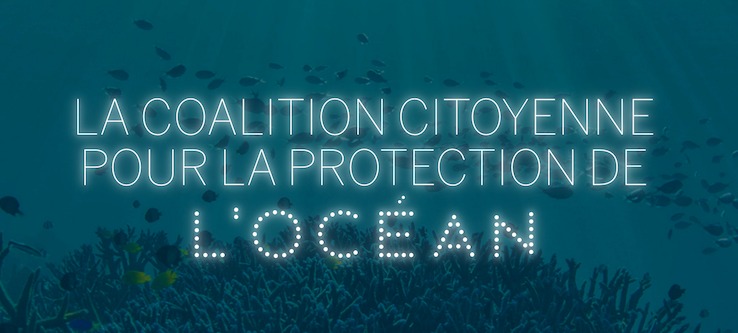Recent heat waves are endangering the Mediterranean’s precious red gorgonians. But not all! To understand this phenomenon, UNESCO, CNRS and the 1 Océan Foundation are carrying out a vast scientific exploration program.
Off the coast of the island of Porquerolles (Var), at a depth of 20 meters, the underwater “forest” once glowing with life has given way to a landscape of desolation where pale, fleshless branches persist. “Since 1999, several episodes of major mortality have been recorded among Mediterranean red gorgonians,” warns Lorenzo Bramanti, researcher at the Banyuls Ocean Observatory (CNRS). The scorching summer of 2022 holds the mortality record. Red sea fans (Paramuricea clavata), these cousins of corals, are made up of a flexible skeleton formed from a protein, gorgonin, as well as hundreds of tiny polyps equipped with tentacles which allow them to capture the plankton from which they feed. nourish. The colonies, made up of hundreds of individuals, usually form the teeming branches of impressive underwater forests, true oases of life for an entire biodiversity: fish, crustaceans, invertebrates for which they act as a habitat. daycare, shelter and food pantry.
Gorgonian forests, a refuge for many other species
Characterized by great sensitivity to variations in its environment, this species is today strongly threatened by record increases in summer temperatures. “The ecological importance of gorgonian forests lies in the fact that they are a refuge for many other species,” continues the scientific director of the program “Noah’s Ark of the Deep, a future for biodiversity? », launched on December 1, 2022. “As with a classic forest, when we protect it, we ensure the survival, at the same time, of birds, insects, amphibians and all the animals that live there. »
The upper layer of the Mediterranean absorbs atmospheric temperatures
However, by analyzing the data, members of the scientific program noted that the highest mortalities were recorded on the first 30 meters of depth, but that below, in cooler waters, populations, preserved from temperature increases, have resisted and continue to flourish, particularly on the artificial reefs that are wrecks. “These may be the last refuges on the planet,” explains Alexis Rosenfeld, underwater photographer and UNESCO explorer. “The upper layer of the Mediterranean, and of the ocean in general, behaves like a thermal shield which absorbs temperatures from the atmosphere,” he continues. Below, temperatures are stable. However, this area of respite for marine biodiversity is likely to evolve if the phenomenon continues. “You have to be aware that it’s a small gift to be used wisely,” recalls Lorenzo Bramanti.
Genetic analyzes to better understand the gorgon
The Noah’s Ark of the Deeps program therefore aims to study these last sanctuaries and their capacity for resilience, namely their ability to return to an initial state after a disturbance, over the next three years, in order to understand how to preserve this species of the scourge of ocean warming.
One of the areas of research is based on the potential interactions between superficial and deep layers. Thus, genetic analyzes carried out on different colonies, at different depths, will make it possible to determine whether the bottom populations were established from the larvae produced during the reproduction of those on the surface which takes place once a year. If this is the case, it will be necessary to verify that the deep colonies are autonomous and nevertheless manage to maintain themselves, without surface inputs. And evaluation if there is vertical “communication” between the ecosystems at the bottom and those at the top. In which case, healthy deep-sea populations would be likely to repopulate sites closer to the surface, should we one day be able to stem rising ocean temperatures. “It’s also the whole point of keeping certain protected areas,” calls out Lorenzo Bramanti. “But, be careful, if the surface climatic conditions are not compatible with the survival of the gorgonian, there is no possible resilience outcome.” A better understanding of the functioning of these colonies close to the boundaries of marine protected areas could provide an unexpected chance of survival for this key species of Mediterranean marine biodiversity.
Wrecks give the age of the gorgonians
Many colonies of red gorgonians have settled on the wrecks which litter the ocean floor of the Mediterranean. Not content with providing a refuge for this endangered species, they provide an original means of dating. Indeed, the date of the sinking of these boats being generally known, scientists easily estimate the maximum age of a colony. This indication makes it possible to estimate the time necessary for a population to put in place a certain number of mechanisms essential to its survival.




